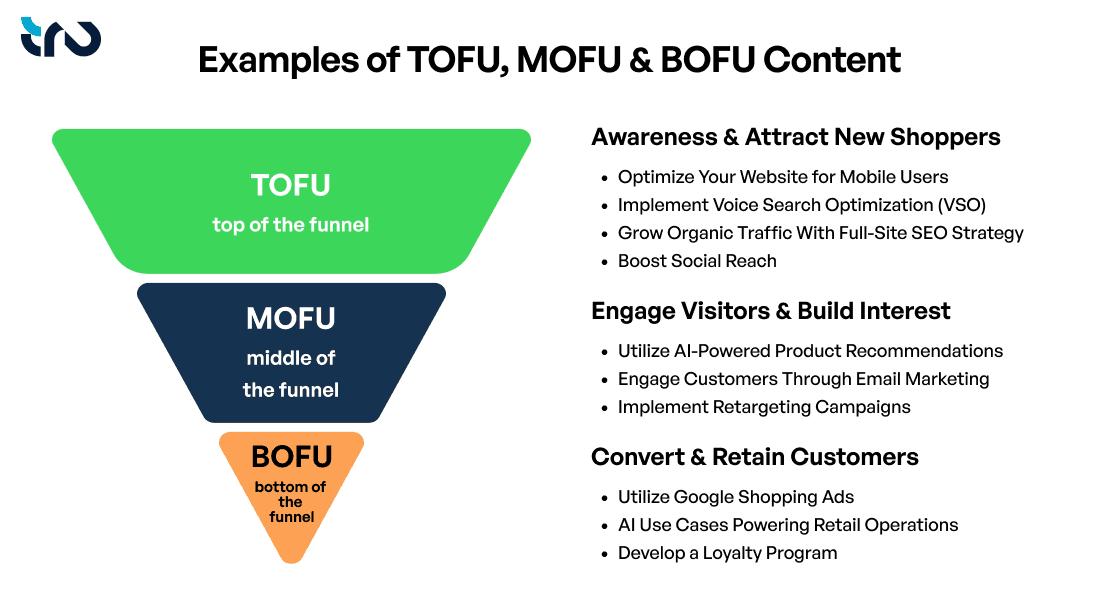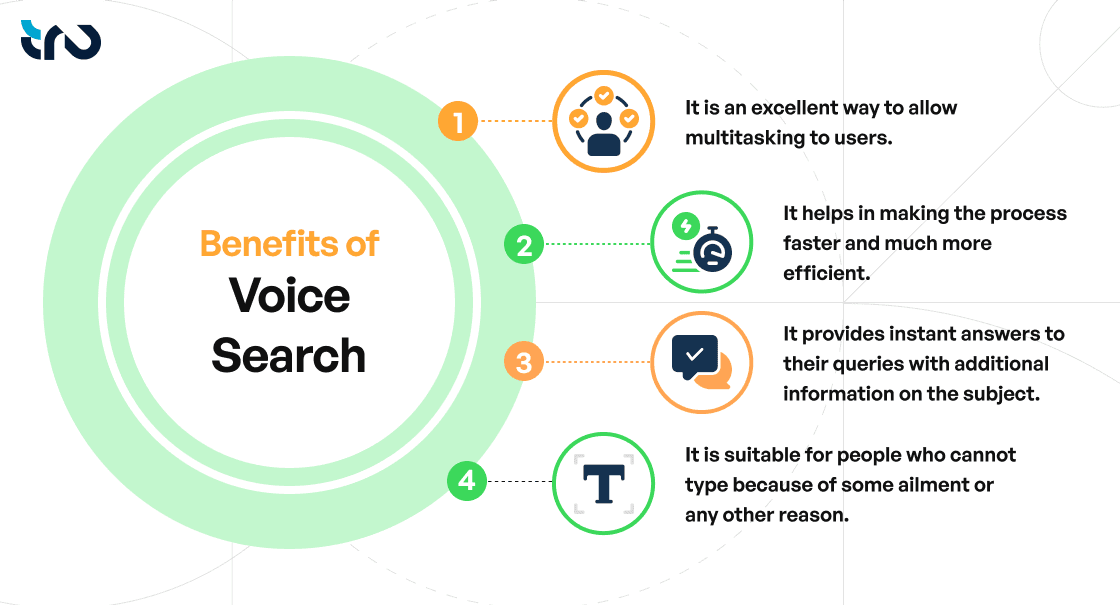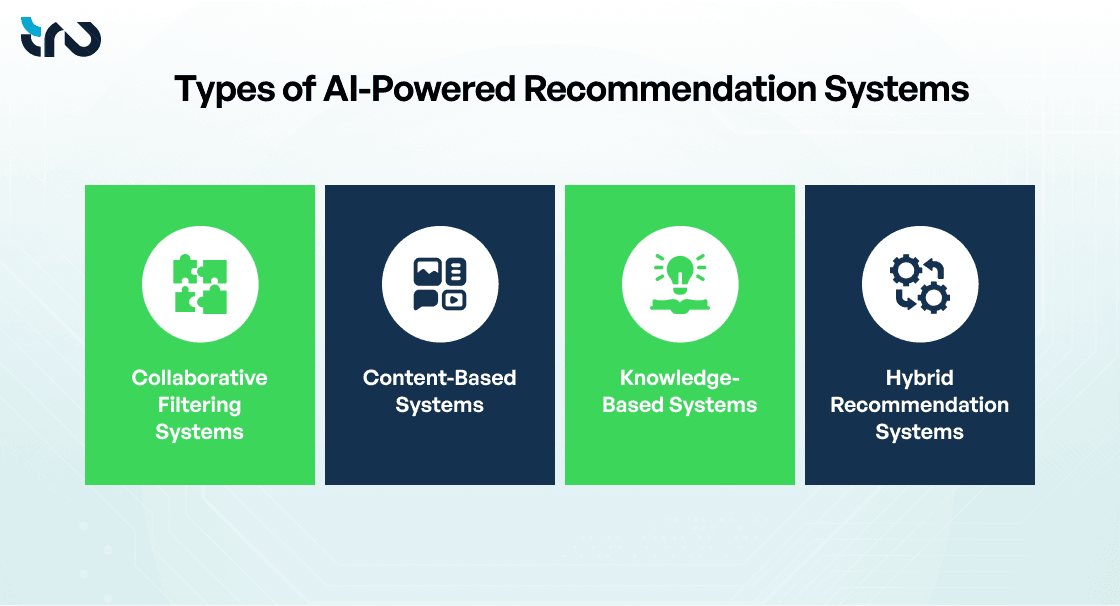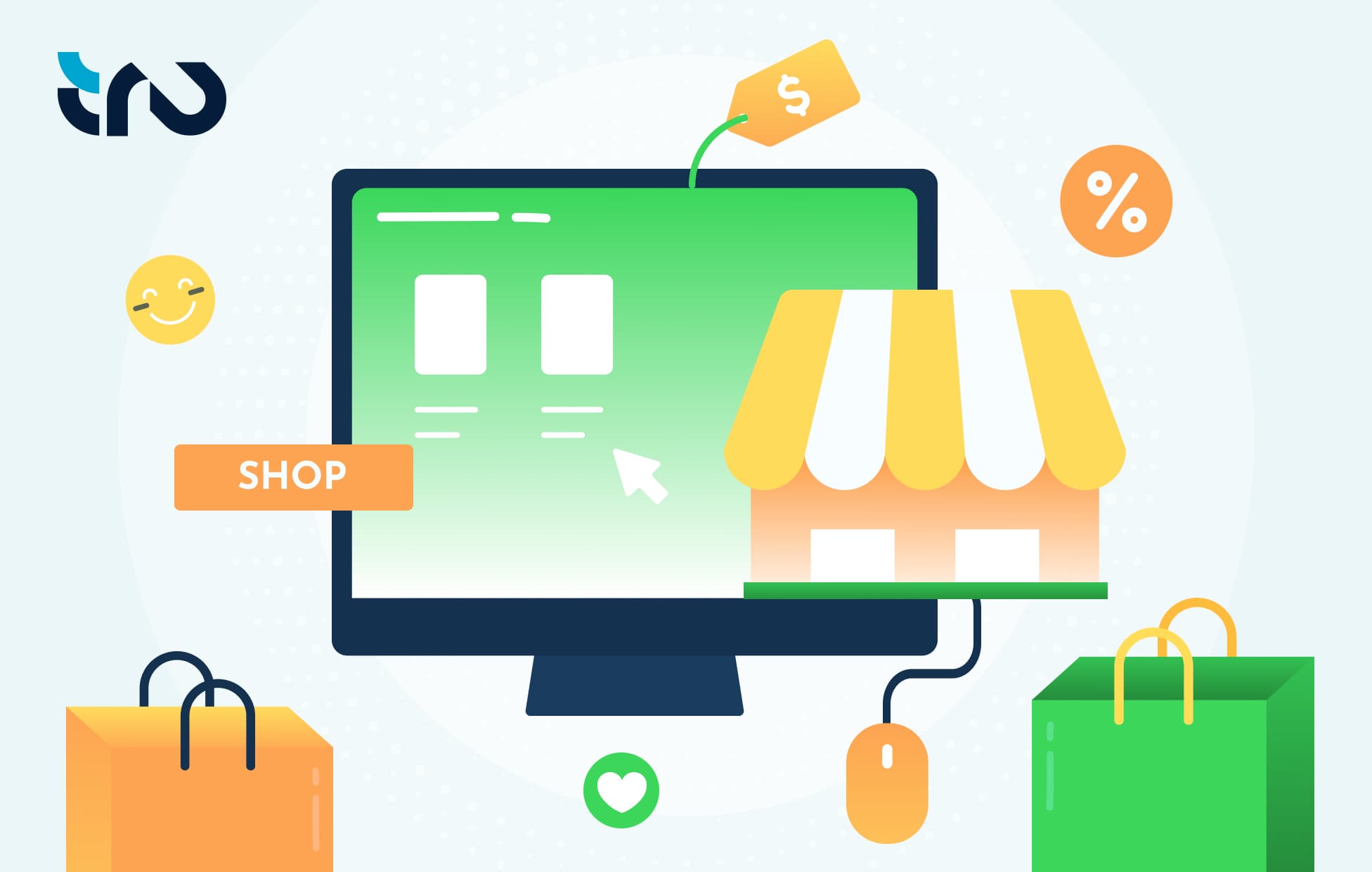Today’s customers shop online for almost everything - from fashion and electronics to groceries and home essentials. They scroll fast, search smart, and often turn to AI-powered tools for suggestions before making decisions. For retailers, simply being online is not enough. The real game is visibility, and digital marketing is how smart retail brands stay seen, trusted, and bought.
In 2025, shoppers aren't just comparing prices—they're reading reviews, checking TikTok, asking AI for recommendations, and watching videos before clicking "Buy”. Now, the challenge for retailers? Showing up smartly, quickly, and at exactly the right moment.
If you are wondering how retail digital marketing actually helps turn browsers into buyers, here are a few strategies to consider.
Proven Ways to Attract More Online Shoppers

1. Optimize Website for Mobile Users
A study by Statista presented that over 68% of online shopping happens via mobile devices, highlighting the importance of a user-friendly mobile experience for retail businesses. Fast-loading pages, responsive layouts, and simple navigation help reduce bounce rates and boost conversions.
In addition, retailers enhancing their mobile platforms and embracing omnichannel strategies have reported substantial growth in ecommerce sales.
For example, as per reports by CED Commerce North America, one of the largest retailers reported a 27% year-over-year increase in global ecommerce sales by enhancing its mobile app and adopting omnichannel strategies. Ultimately, mobile isn’t a trend—it’s a growth engine where consumers can get seamless experiences right from their phones.
2. Implement Voice Search Optimization (VSO)

Voice assistants like Siri and Alexa are reshaping how consumers interact with online retail platforms. Instead of typing short phrases, customers increasingly use voice tools to ask full questions like, “What’s the best face serum under $50?” This shift favors natural, conversational content that AI and voice tools can surface more easily.
This shift is most noticeable among younger shoppers. According to the reports by Shopify, nearly 60% of consumers between the ages of 25 and 34 use voice search daily, highlighting its growing role in everyday shopping behaviour.
To stay visible in voice-led searches, retailers need to align with how people naturally ask questions. Content that answers clearly is more likely to appear in featured snippets (the short answers read aloud by voice assistants). This boosts visibility and places brands in front of high-intent voice-first shoppers.
3. Grow Organic Traffic With Full-Site SEO Strategy
Growing organic traffic starts with a full-site SEO strategy focused on both technical optimization and content improvements. It involves creating high-quality, search-optimized content while ensuring that the website structure supports fast loading and easy navigation. A complete SEO strategy also addresses technical SEO audits, enterprise SEO planning, and seamless website migrations to protect search rankings.
SEO enhancement and structured data implementation further improve a site’s visibility across competitive search engine results pages (SERPs). By aligning with search experience optimization (SXO) principles and ongoing algorithm updates, brands can secure long-term organic growth.
4. Boost Social Reach
In retail, platforms like Instagram, TikTok, and YouTube Shorts have become essential spaces for product discovery and shopper engagement. Retailers increasingly collaborate with influencers to tap into trusted communities and drive authentic engagement. While mega (1M+), macro (100K–1M), and nano (<10K) influencers each have their place, it's the micro-influencers (10K–100K followers) who are leading the charge. They offer niche reach, loyal followings, and stronger brand trust than traditional celebrity endorsements.
Pairing these influencers with short-form video content boosts visibility, keeps brands top-of-feed, and accelerates shopper interest. The result? Faster purchase decisions, higher average order values, and a more immediate emotional connection with customers.
5. Utilize AI-Powered Product Recommendations

Artificial Intelligence applies machine learning to customer interactions, analyzing clicks, searches, and purchase histories to uncover patterns. These insights help brands offer relevant product suggestions that align more closely with shopper preferences, resulting in increased conversion chances.
Retailers also integrate AI-powered chatbots and virtual assistants into their digital storefronts to assist customers in real-time. These tools enhance browsing by answering questions, offering recommendations, and providing seamless support without the need for human intervention.
AI-powered systems contribute to key performance improvements, including reduced cart abandonment rates, faster purchase decisions, higher average order values, and greater customer satisfaction. By making online shopping more intuitive and responsive, AI supports better overall engagement and optimizes the retail journey at every touchpoint.
6. Engage Customers Through Email Marketing
Email marketing remains a powerful way for retailers to build personal connections with their customers and encourage repeat business.
Successful campaigns deliver a message based on each customer’s interests, past purchases, and shopping behaviour, making communication feel more relevant and thoughtful.
A smart content marketing strategy can help businesses personalize emails, such as special offers, product recommendations, and cart reminders. It helps shoppers feel valued and supported throughout their buying journey.
Retailers measure email performance by tracking open rates, click-throughs, and the number of completed purchases, refining messages to match customer needs even better over time.
Drive repeat sales with email campaigns that engage and convert—Explore how Tru can help!
7. Implement Retargeting Campaigns
Retargeting helps re-engage visitors who have shown interest in products but haven't made a purchase. By using small bits of code called tracking pixels, retailers can monitor user behaviour on their website.
Based on the data, marketers can create personalized ads that remind users of the product they viewed. These ads can be displayed across various platforms, including social media (Meta) and search engines (Google). It keeps brands top-of-mind and encourages users to return and complete their purchases. This leads to increased sales and improved ROI.
8. Utilize Google Shopping Ads
Winning customers’ attention starts with strong product visibility, and Google Shopping Ads help retailers secure that advantage. These ads allow products to appear directly in Google search results, with images, price, and store information. This format captures the interest of high-intent shoppers and helps increase click-through rates and conversions.
Therefore, it is important to align product visibility with buyer intent to maximize returns in competitive retail environments. For instance, as per reports by Neil Patel, Office Depot achieved a 3x return on investment by implementing Google Shopping Ads, highlighting the effectiveness of this advertising strategy.
9. AI Use Cases Powering Retail Operations
AI is reshaping retail operations by improving accuracy, speed, and cost efficiency. Retailers use AI-driven inventory management to minimize overstock and prevent stockouts by adjusting orders in real time based on demand patterns and seasonality.
Dynamic pricing algorithms update prices instantly in response to competitor activity and market trends, helping maximize revenue and stay competitive.
According to Prismetric, the AI in the retail market will reach $15.3 billion by 2025, growing at a CAGR of 36.6%, fueling operational transformation.
AI also streamlines supply chains by predicting disruptions, automating fulfillment, and optimizing delivery routes. Retailers leverage AI for faster vendor coordination and enhanced logistics.
10. Develop a Loyalty Program
A well-designed loyalty program helps retailers boost customer retention, strengthen long-term relationships, and improve conversion rates. It helps to reward loyalty at every stage.
Retailers can build tier-based systems, offer personalized rewards, and maintain regular contact through email and SMS. For example, many businesses use SMS for quick updates, alerts, and urgent offers. Alternatively, they utilize email for detailed information, promotions, and building relationships.
These programs help collect real-time data, allowing businesses to track customer behaviour and make timely adjustments to their offers. As a result, they drive more repeat sales and build steady, cost-effective revenue over time.
Conclusion
Shoppers in 2025 expect seamless, personalized, and fast digital experiences. Winning retailers are those using AI to predict behavior, SEO to increase discoverability, short-form content to influence decisions, and loyalty programs to retain customers.
Tru helps retail brands bring these strategies to life—combining smart data, digital expertise, and custom execution to drive lasting growth. Everything is built to fit what the brands need, simple, clear, and made to work.
